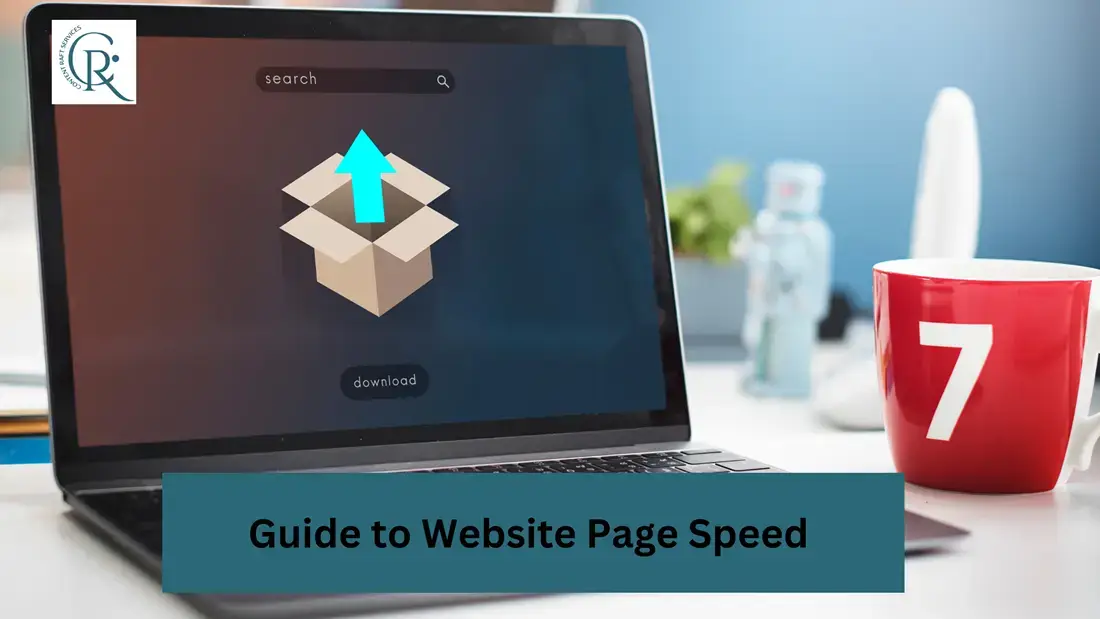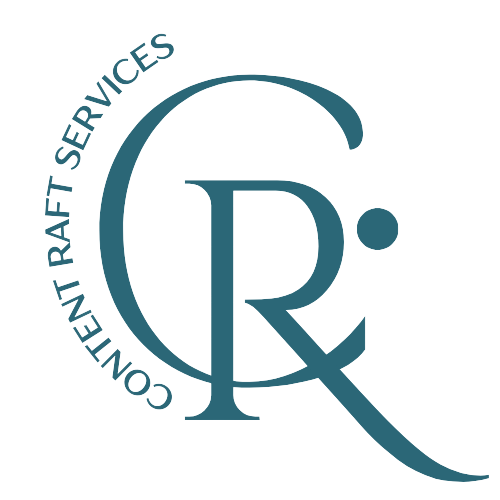
Understanding Website Page Speed and Its Importance
Website page speed refers to how quickly a webpage loads, affecting both user experience and search engine rankings. Ideally, pages should load in under two seconds to maintain engagement and improve SEO. Tools like Google PageSpeed Insights and GTmetrix help measure and optimize page speed, ensuring smooth performance.
Why Page Speed Matters
- User Experience: Slow-loading websites frustrate users, leading to higher bounce rates and lost conversions.
- SEO Benefits: Google prioritizes websites that offer fast, seamless experiences, rewarding them with higher rankings.
- Key Metrics:
- Page Load Time: The time it takes for a page to fully load all its resources.
- Time to First Byte (TTFB): Measures how quickly the server responds with the first byte of data.
- First Meaningful Paint (FMP): The time it takes for the main content to become visible.
Measuring Page Speed
Several tools can help analyze and optimize page speed:
- Google PageSpeed Insights: Provides performance scores and recommendations.
- GTmetrix: Offers detailed insights and optimization suggestions.
- WebPageTest: Tests speed from various global locations and browsers.
- Pingdom: Monitors website performance and uptime.
- Lighthouse: A Chrome DevTools feature that audits site performance.
Factors Affecting Page Speed
- Server Response Time: A slow server can significantly delay loading.
- Image Optimization: Large, uncompressed images slow down websites.
- Code Efficiency: Minified and well-structured code improves speed.
- Content Delivery Network (CDN): Distributes content across multiple servers, reducing load times.
- Browser Caching: Enables faster load times for returning visitors.
- Number of HTTP Requests: Each element (image, script) requires a request; minimizing them speeds up the site.
- Web Hosting: Choosing a high-performance hosting provider enhances speed.
- Redirects: Excessive redirects increase loading times.
- External Embedded Media: Videos and widgets can slow pages down.
- Code Structure: Clean, well-organized code improves efficiency.
The Different Types of Page Speed Metrics
Web pages load in multiple stages, and understanding these metrics is crucial:
- Time to First Byte (TTFB): Measures how long it takes for the server to start sending data.
- First Contentful Paint (FCP): Tracks the time before any visible content appears.
- Interaction to Next Paint (INP): Evaluates how quickly a page responds to user interactions.
- Cumulative Layout Shift (CLS): Measures layout shifts caused by elements loading dynamically.
How Page Speed Impacts SEO
Google has considered page speed a ranking factor since 2010, with an increased emphasis in 2018, especially for mobile searches. Slow pages negatively impact user experience, leading to lower rankings. Websites that pass Google’s Core Web Vitals test are more likely to rank well.
If your website is struggling with slow load times or failing to meet Google’s Core Web Vitals, it’s time to take action. Our expert SEO team in UAE specializes in enhancing page speed, optimizing Core Web Vitals, and implementing performance-driven strategies that boost your search engine rankings.
Whether you’re targeting local audiences or aiming for global visibility, we tailor our SEO solutions to match your business goals. From technical audits and mobile optimization to content improvements and link building, we provide end-to-end services that deliver results.
How to Test and Analyze Page Speed
Using tools like Google PageSpeed Insights, Ahrefs, and GTmetrix can help diagnose speed issues. Here’s how to use Google PageSpeed Insights:
- Visit the PageSpeed Insights website.
- Enter your webpage URL and click Analyze.
- Review the report, focusing on Core Web Vitals metrics.
- Check the Diagnose Performance Issues section for improvement suggestions.
Best Practices for Optimizing Page Speed
1. Compress Images and Videos
Large files slow down websites. Use tools like:
- ImageOptim for compressing images.
- HandBrake for reducing video file sizes.
2. Minify JavaScript and CSS
Reducing unnecessary code enhances performance. Tools like UglifyJS and CSSNano can help.
3. Enable Caching
Caching stores frequently used data, speeding up subsequent visits. Utilize browser caching and server-side caching mechanisms.
4. Optimize Server Performance
Upgrade to a high-speed hosting provider and use a Content Delivery Network (CDN) to distribute content globally.
5. Reduce HTTP Requests
Each file (image, script, CSS) requires a request. Minimize unnecessary elements to improve load times.
6. Fix Redirect Issues
Excessive redirects increase loading times. Ensure clean URL structures to minimize delays.
7. Eliminate Render-Blocking Resources
Move JavaScript and CSS to asynchronous loading or defer them until necessary.
8. Use Lazy Loading
Load images and videos only when they appear in the viewport, reducing initial load times.
Conclusion
Website page speed is a critical factor for user experience, SEO, and conversions. Regularly test your site with tools like Google PageSpeed Insights and GTmetrix, and apply optimization techniques like image compression, caching, and code minification. By maintaining a fast-loading site, you enhance engagement, improve rankings, and boost conversions.
